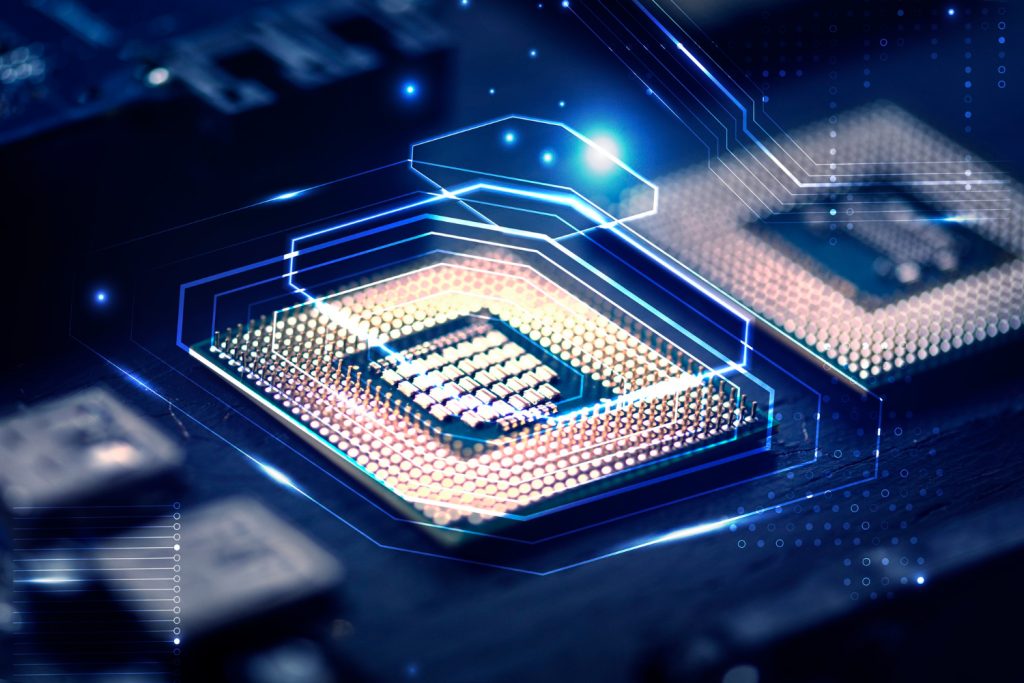Switchboard/Switchgear
Switchboards are assemblies that manage and distribute electricity from a source to various loads within a facility. End-users are individuals or entities that consume the distributed electricity for their specific applications, such as lighting, appliances, or machinery.
Overview
In the world of electrical distribution, two components stand as pillars of control and safety: the switchboard and the switchgear. Both are central to regulating, directing, and protecting electrical flows, ensuring that power is consistently and safely delivered to its intended destinations. At the heart of these systems, ensuring efficient conduction and superior performance, is the unsung hero: the copper busbar.
Switchboards: Your Command Centers of Power Distribution
A switchboard acts as a grand conductor, orchestrating the distribution of electrical power from its source, be it generators or transformers, to a myriad of downstream devices and systems. It provides a centralized location where operators can monitor, control, and manage electrical distribution. However, for all its capabilities, a switchboard’s efficiency hinges largely on the quality and design of its copper busbars. The conductivity, resilience, and reliability of copper make it the material of choice, ensuring minimal energy loss and optimal distribution.
Switchgear: The Guardians of Electrical Safety.
Where switchboards manage distribution, switchgear ensures protection. Comprising fuses, circuit breakers, and electrical disconnect switches, switchgear safeguards our electrical systems from overloads, short circuits, and other anomalies. Integral to its function is the copper busbar. These busbars carry currents, even during fault conditions, and their superior thermal conductivity ensures that excess heat is efficiently dissipated. This reduces the risk of damaging equipment and guarantees safe operations.
Usage:
Switchboards are typically used in commercial and industrial applications where multiple electrical loads are present and need separate control.
Switchgear is found in power plants, substations, and other locations where there are large amounts of electrical equipment.
For Example: Commercial Building, Industrial Plants, Hospitals, Hotels, Data Centers, EV charging Station, Marine and Offshore Platforms and Renewable energy systems.
Key Features of Copper busbar for Switchboard & Switchgear:
- Conductivity
- Precise Dimension and Shape
- Mechanical Strength
- Bendability
- Flatness
- Surface finishing
- Mill Test Certificate – Customers have to specify place of location or project name
- OC-ETP® Inside – SWB Maker or Project Owner requests OC’s inspection.
Referring to IEC 60439-1: 2004, it is not recommended to paint on Copper Bus Bar for the purpose of heat transfer and identification of Electrical Phase.
Because Type-Test Certification is the guarantee of quality. In some cases, the switchboard design is approved, but during assembly it might be installed with poor quality Copper Bus Bars. If you do not have a Type-Test to certify the Switchboard, it is possible that the material installed inside could be substandard.
Benefits of Type Test:
- To certify that all the installed parts are as per approved drawings (to protect the designer)
- Type Test is for both design and materials
- Quality can be proved by the test.
- Guarantee for Switchboard Manufacturers
- Guarantee for Consumers
- Improved Safety
- Reduce maintenance costs
- Durability and reliability
- Reduce electrical consumption – Minimize power loss – Save energy!
Choose the one having good experience. It’s ideal if they are under license from and International Group or being Type-Test Certified.
Let us know how we can help you. Our team is ready to discuss your business needs and answer any questions you may have.
Explore Other Products
Explore Other Market Solutions

ICT & Data Center

Marine

Healthcare

Electronics

Mining and base metal refinery
